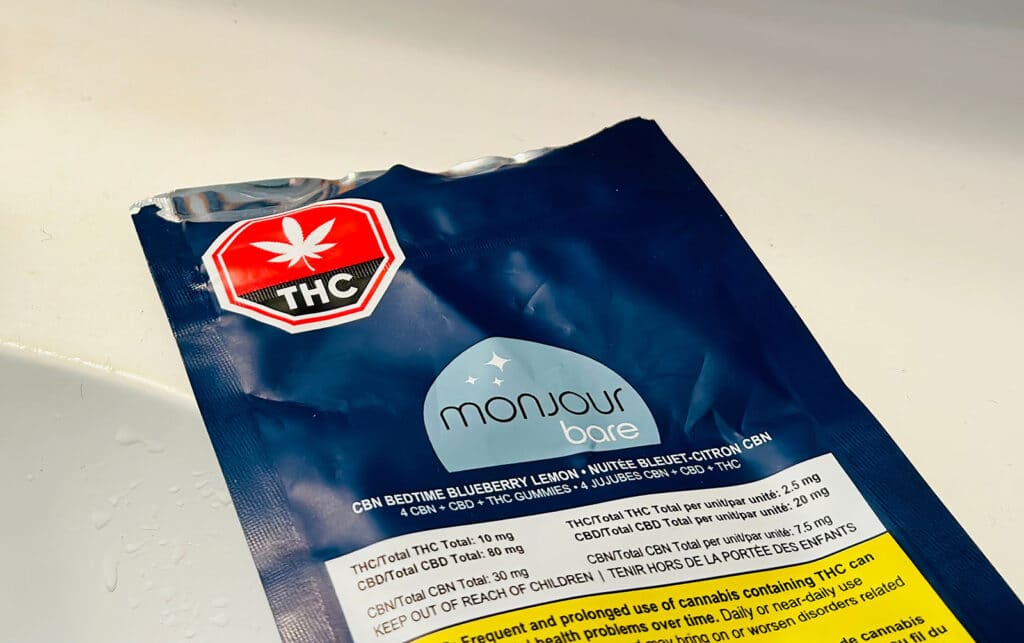Cannabis is often seen as a safer, less risky choice than other common recreational drugs. Not only are life-threatening reactions rare, but scientists continue to debate whether fatally overdosing on marijuana alone is even possible. Nonetheless, that doesn’t mean every experience will be a positive one.
In fact, while it typically isn’t dangerous to your health, consuming too much at once can still be downright distressing. It’s called greening out, and it can lead to a variety of discomforting side effects. It can happen at any time, so understanding what causes it — and how to handle it effectively — is an essential aspect of harm reduction for anyone who uses cannabis.
Table of Contents
What Is Greening Out?
As one of the most widely used intoxicants in the United States, marijuana’s desirable effects are well-known. These include euphoria, relaxation, pain relief, enhanced creativity and heightened senses of taste, sight, smell, touch and hearing. Unfortunately, it turns out that you really can have too much of a good thing.

A positive experience with cannabis can quickly turn negative at higher doses, especially in combination with alcohol or other drugs. It usually begins with feeling dizzy and lightheaded, often followed by an array of mental and physical symptoms that can be surprisingly intense. This rather unpleasant ordeal is commonly known as “greening out,” though it’s also sometimes referred to as a “whitey” or “white-out.”
To see why this happens and how to avoid it, let’s start by looking at how marijuana actually works.
The Science of Cannabis Intoxication
Although cannabis contains several psychoactive compounds, its primary effects are caused by one in particular: tetrahydrocannabinol (THC). Once it enters the body, THC activates parts of the brain connected to the endocannabinoid system, which normally regulates things like mood, memory and appetite. This releases chemicals that produce many of the characteristic effects people associate with being “high,” from giggling and euphoria to the munchies and temporary lapses in memory.
When there’s too much THC present, however, it may overstimulate the endocannabinoid system. This effectively causes it to short-circuit, generating an overwhelming flood of neurotransmitters that can trigger all sorts of adverse and paradoxical effects. THC also dilates the blood vessels, which can abruptly decrease blood pressure and increase heart rate.
Common Causes and Complications
So, what actually causes greening out? The obvious answer is simply consuming too much cannabis over too short a period, but that’s only part of the puzzle. There are many possible contributing factors, the most common of which is a lack of knowledge and experience. Inexperienced cannabis users are both more likely to overindulge and less prepared to handle higher doses, increasing the odds of undesirable symptoms.
Of course, even seasoned users may be susceptible to having bad reactions. Potency can vary significantly from strain to strain and source to source, making it hard to determine an exact dose. The method of ingestion can also affect how much THC the user receives, with edible cannabis products frequently producing much stronger effects even at relatively low amounts. Likewise, concentrates such as oils or waxes contain significantly higher levels of THC, increasing the chances of greening out.
Another factor that’s likely to cause trouble is mixing multiple substances. While serious drug interactions are rare, many substances are known to exacerbate the negative effects of THC. For example, alcohol and other sedatives often increase dizziness and disorientation, potentially leading to nausea and vomiting. Conversely, tobacco and stimulant drugs may cause an elevated heart rate and intensify feelings of anxiety. Prolonged marijuana abuse can make these reactions even more unpredictable.
Symptoms of Greening Out
Overconsumption of cannabis can be stressful and disorienting, especially for those who are unfamiliar with the resulting adverse effects. However, by learning to recognize the signs of greening out and understanding what to expect, it’s possible to ride out the experience with minimal discomfort. Symptoms generally last no more than a few hours, and they can be broadly divided into two categories:
Physical Symptoms
Consuming too much THC can interfere with the body’s normal functions, causing a range of uncomfortable physical reactions. This manifests in several different ways, such as:
- Headache
- Nausea or vomiting (could also be linked to cannabinoid hyperemesis syndrome – CHS)
- Chills or excessive sweating
- Dizziness or lightheadedness
- Loss of coordination
- Increased heart rate or rapid heart rate
Psychological Symptoms
The cascading signals produced by a cannabis overdose can also wreak havoc in the brain, producing distinct changes in the user’s mental and emotional state. These include:
- Elevated anxiety
- Panic attacks
- Intense fear or paranoia
- Confusion or disorientation
- Mild hallucinations
Understanding these common symptoms and the causes of greening out can help manage the experience. Staying hydrated, resting, and consuming CBD to counteract THC’s effects may also help reduce symptoms. If symptoms persist or worsen, it’s important to seek medical attention to ensure your well-being.
How To Prevent Greening Out
Now that we know what greening out entails — and just how miserable it can be — it’s time for some good news. Although there’s always a chance of a bad reaction, you can greatly reduce the risk by taking a few basic precautions.
Start Slow and Know Your Limits
If greening out is caused by taking too much THC, well, don’t take too much THC! Of course, since it’s difficult to tell exactly how much you’re consuming, this task is easier said than done. That’s why it’s important to start small and proceed with caution, especially when switching strains or delivery methods. Give plenty of time for each dose to take effect and stop immediately if you begin feeling uncomfortable.
Be Mindful of Set and Setting
When using cannabis, always be aware of both your mindset and your surrounding environment. If you’re already sad, anxious or otherwise upset, those negative feelings may become even more intense while intoxicated. Likewise, getting high in a stressful or unfamiliar setting is a surefire recipe for a bad time. Instead, be sure to stick with people you trust and environments in which you feel at ease and in control.
Avoid Mixing Substances
As tempting as it may be to experiment, it’s just not worth it. Not only does combining marijuana with alcohol and other drugs increase the risk of greening out, but it can leave you dangerously impaired. This may lead to the kind of reckless, impulsive behavior that you’re likely to regret once you sober up.
What To Do if You Green Out
Responsible cannabis use makes greening out highly unlikely, but it’s not a foolproof approach. If you or someone you know is having an adverse reaction, there are several steps you can take to help alleviate the symptoms and keep the situation under control.
Focus on Staying Calm
If you’re beginning to feel uncomfortable after using marijuana, try your best to remain calm. Close your eyes and take a few deep, controlled breaths, inhaling slowly through your nose and exhaling through your mouth. Observe any thoughts or sensations that occur, but don’t try to fight or resist them. Remind yourself that the feelings are only temporary and they will soon pass.
Seek a Safe Space
When you’re ready, move to a quiet place where you can rest without being disturbed. If possible, choose a familiar space in which you can lie down and get comfortable. You may also find it helpful to keep yourself distracted with an activity you enjoy, but be careful to avoid anything that could overstimulate you or negatively affect your mood.
Have a Sip and a Snack
Dehydration often seems to go hand-in-hand with cannabis use, so it’s always a good idea to drink plenty of fluids. Taking small, frequent sips of water will keep you properly hydrated and reduce the likelihood of dry mouth, headaches and other unpleasant symptoms. A light snack may also help settle your stomach and stabilize your blood sugar levels. Toast, crackers and fruit are good options, but try to steer clear of heavy meals and high-fat foods.
Reach Out for Help
Still feeling stressed and uncomfortable? Ask for help from someone you trust! There’s nothing more reassuring than having a friend or loved one by your side, but even connecting virtually via phone, video, or text may be helpful. If you’re experiencing unusually severe symptoms, such as chest pains, hallucinations, labored breathing, or loss of consciousness, don’t hesitate to seek medical care. While overconsumption of cannabis is rarely dangerous, there’s no reason to take chances with your health or well-being. You should also see a doctor if your symptoms persist for more than 24 hours and show no signs of improvement.
Ultimately, the best way to avoid these symptoms is to practice smart, responsible cannabis use. That means being mindful of your physical and mental health, moderating your consumption, and never taking multiple substances in combination, especially too much alcohol or other drugs. If you’re struggling to control your cannabis use or if your tolerance levels have increased to the point where you’re using high doses, it may indicate a developing problem.
Call or contact Garden State Treatment Center today. As one of New Jersey’s most trusted drug and alcohol rehab facilities, we’re ready to offer comprehensive addiction treatment, including detox, treatment programs, and outpatient care, all tailored to your individual needs. Our treatment options also address co-occurring behavioral health or health conditions, providing the necessary support to help you regain control of your life and improve your overall well-being.
FAQ
What to do when Greening Out?
How to not Green Out?
Published on: 2024-10-24
Updated on: 2025-02-19



